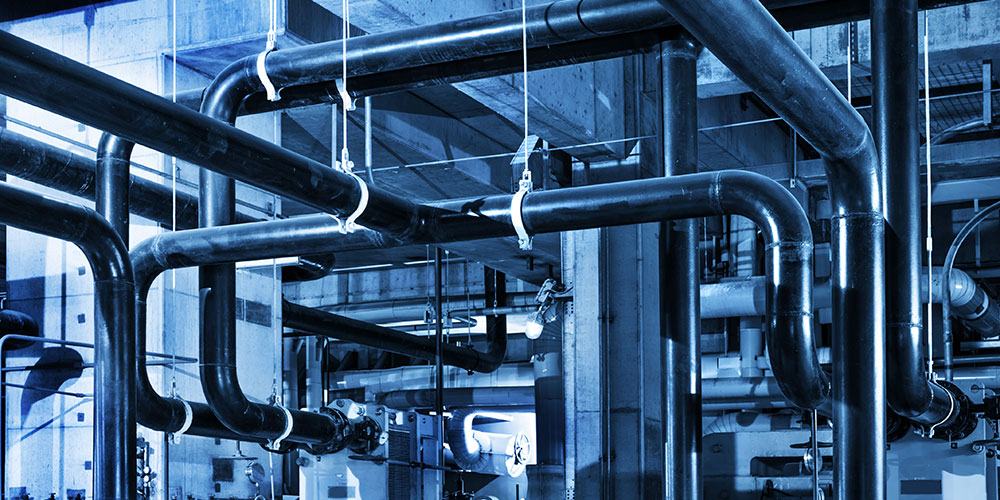industry-news
Local Efficiency Insulation Rebates
May 11, 2021

Commercial and industrial businesses can receive tax incentives and insulation rebates from the government by switching to energy efficient systems. Energy efficiency is now viewed as essential by many businesses now that traditional energy costs have squeezed profits, while federal and state governments have stepped up their commitments to support and encourage more businesses to upgrade. Local utility companies are also helping with these projects.
The National Electrical Manufacturers Association (NEMA) and the Natural Resources Defense Council (NRDC) pushed for the Energy Policy Act of 2005, which provided new tax incentives for businesses that improve the energy efficiency of their commercial buildings. Known as the Commercial Building Tax Deduction, this incentive benefits building owners that invest in energy efficiency by letting them deduct $1.80 per square foot of their property. It also allows partial deductions on building envelope systems, interior lighting, HVAC equipment and hot water systems.
The deduction, however, only applies to projects that were placed in service before January 1, 2014. But this does not mean the end of tax deductions for commercial businesses. Congress is still considering an extension of about 50 tax provisions, including the commercial building tax deduction that expired on December 31, 2013. In order to qualify for the deduction, certification and other requirements must be met by the building owner. If your business is eligible for the deduction, you should consult your tax professional.
A business energy tax credit was available on a federal level for certain types of energy saving insulation, but expired at the end of 2013. This tax credit amounted to 10 percent of the cost up to $500. There are still other tax credits available through 2016 for geothermal heat pumps and solar energy systems. These credits for existing homes and new construction are more generous, providing for 30 percent of the cost with no cap. Check your state government website to see if an additional business energy tax credit is available.
Local utility companies can also provide incentives for installing energy efficient systems including insulation. Check with Dsireusa.org, a renewable energy database site funded by the U.S. Department of Energy, for further incentives and rebates in your particular state.
Property Assessed Clean Energy (PACE) expanded nationally from a Northern California program in 2008 to provide financing of energy efficiency projects for both homeowners and commercial businesses. It has helped individuals and organizations get low-cost, long-term financing that is paid back through property taxes. In other words, PACE isn’t really a loan. PACE, which is available in 31 states including Vermont and New York, is supported by the Council for the North American Insulation Manufacturers Association (CNAIMA).
Mechanical insulation is an eco-friendly technique that helps a commercial or industrial building become more energy efficient. Most buildings that have not yet been retrofitted for energy efficiency waste up to thirty percent of their energy. Insulation is the first thing to check when weatherizing your building since old worn out insulation is a huge contributor to loss of both heating in cold months and cooling in warm months. Insulation combined with turning off lights, computers and other electronic appliances when not in use can be a huge energy saver alone. Replacing old HVAC systems is the next step toward optimal energy efficiency.